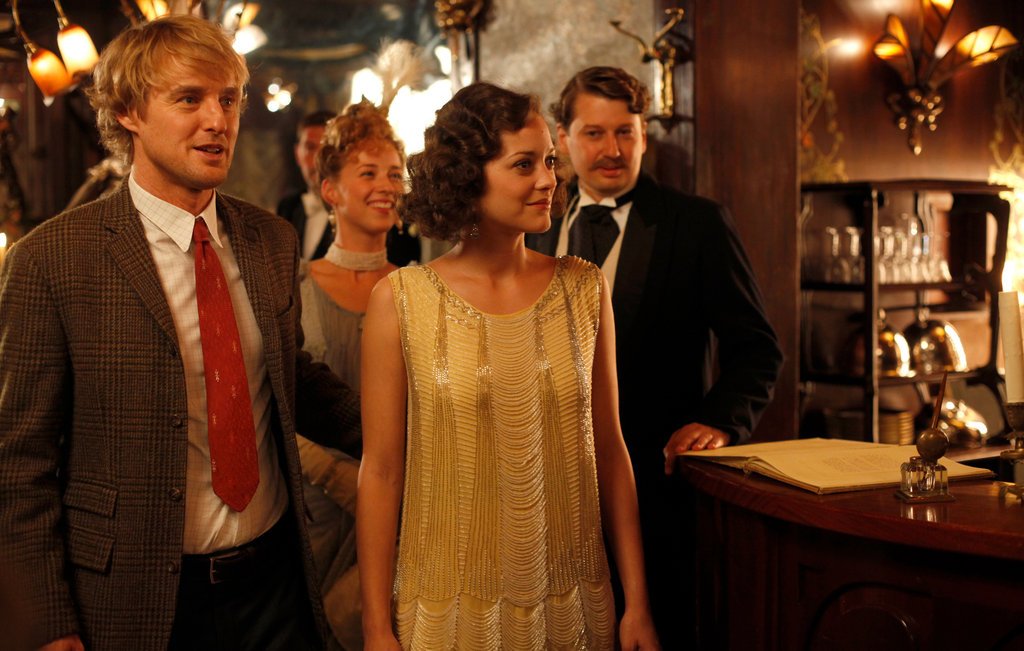Thursday
My colleague Ben Click alerted me to the D. H. Lawrence short story “Things” recently when I was talking about what to take into retirement. The 1928 story is a somewhat nasty account of two American idealists who romantically venture off to Europe and then, disillusioned, return to America with less money but a whole lot of stuff. As I try to figure out what to do with our own stuff, the story struck a chord.
Lawrence sets European culture against American materialism, and no one comes out very well. As their stay in Italy lengthens, Erasmus and Valerie Melville discover that their acquisitions undergo a diminishment:
[I]n the long hours after lunch; and in the long, usually very cold and oppressive evenings in the ancient palazzo: then the halo died from around the furniture, and the things became things, lumps of matter that just stood there or hung there, ad infinitum, and said nothing; and Valerie and Erasmus almost hated them. The glow of beauty, like every other glow, dies down unless it is fed. The idealists still dearly loved their things. But they had got them. And the sad fact is, things that glow vividly while you’re getting them go almost quite cold after a year or two.
Nevertheless, they can’t bear to part with a single item when they return to New York. After all, these “things” are a sign of cultural sophistication, a distant echo of the rich interior life they envisioned for themselves. Self-doubt creeps in, as does the practical matter of storage:
The chunk of Europe which they had bitten off went into a warehouse, at fifty dollars a month. And they sat in two small rooms and a kitchenette, and wondered why they’d done it.
Occasionally, for two dollars, they spend “a brief, bitter hour [looking] at their “things.” Burdensome though their possessions have become, the couple can’t bear to part with them:
[Valerie] could have sold her furniture for a substantial sum. But nothing would have induced her to. Whatever else passed away — religions, cultures, continents, and hopes — Valerie would NEVER part from the “things” which she and Erasmus had collected with such passion. To these she was nailed.
The story ends on a sardonic note that we can see coming from the very first sentence. Erasmus settles for a job teaching Spanish, Italian and French literature at Cleveland University, and Valerie is able to restore the halo their “things” by showing them off to smitten Americans. It’s a bit like Humbert Humbert impressing Charlotte Haze and her small New England town with his European ways, and the couple ups the snobbery ante by pretending to be above snobbery:
And when they were in their up-to-date little house on the college lot of Cleveland University, and that woe-begone débris of Europe — Bologna cupboard, Venice book-shelves, Ravenna bishop’s chair, Louis Quinze side-tables, “Chartres” curtains, Siena bronze lamps — all were arrayed, and all looked perfectly out of keeping, and therefore very impressive; and when the idealists had had a bunch of gaping people in, and Erasmus had showed off in his best European manner, but still quite cordial and American, and Valerie had been most ladylike, but for all that “we prefer America”; then Erasmus said, looking at her with the queer sharp eyes of a rat:—
“Europe’s the mayonnaise all right, but America supplies the good old lobster — what?”
“Every time!” she said, with satisfaction.
The “what” gives away Erasmus, whom I would not want for a professor. Literature for him, I suspect, is just another possession to show off and feel superior about, which is why he takes on “a queer, evil, scholastic look, of pure skepticism.” This would not be occurring if he were guiding his students into the rich pathways that literature opens up.
But returning to the subject of my own things, should I be more ruthless as I cull through them. Should I apply a halo test, where an item either glows or it goes? How much do we need “things” to anchor cherished memories?
I’m still trying to figure this one out.


